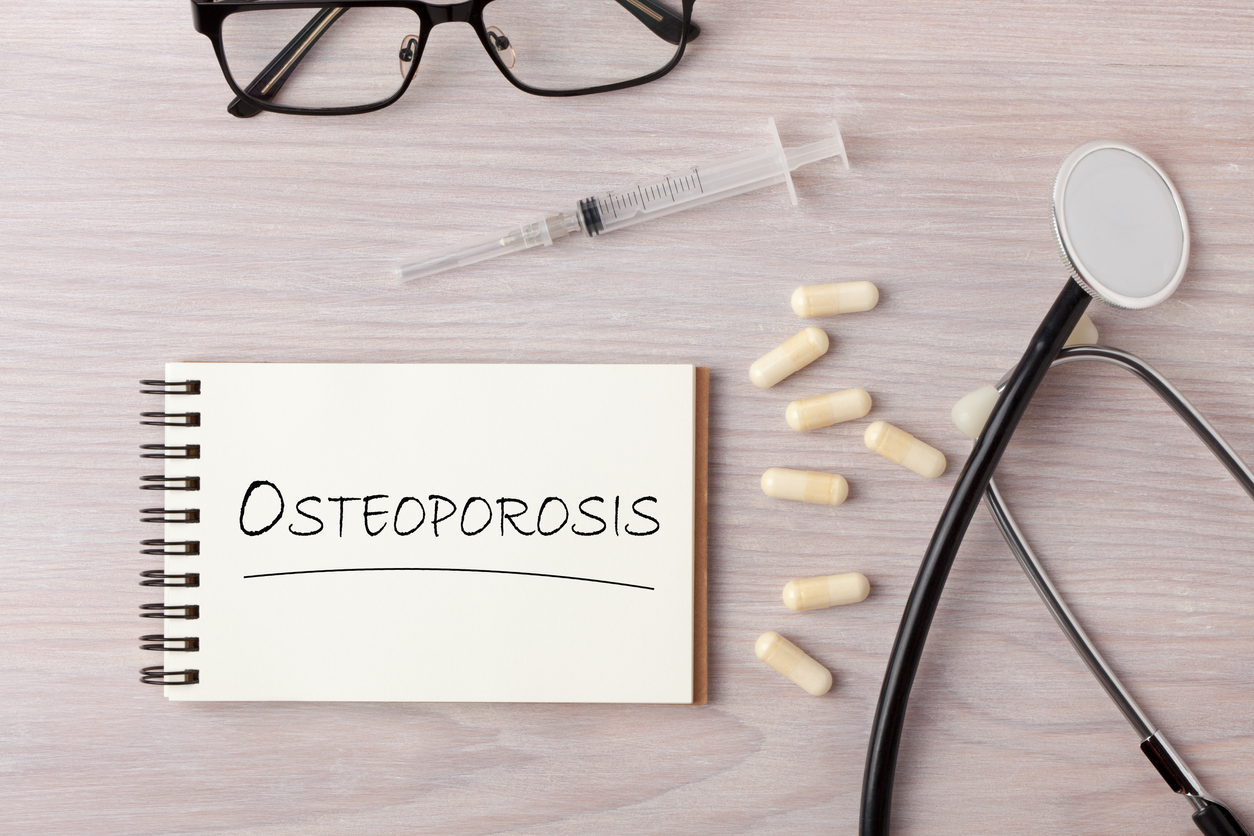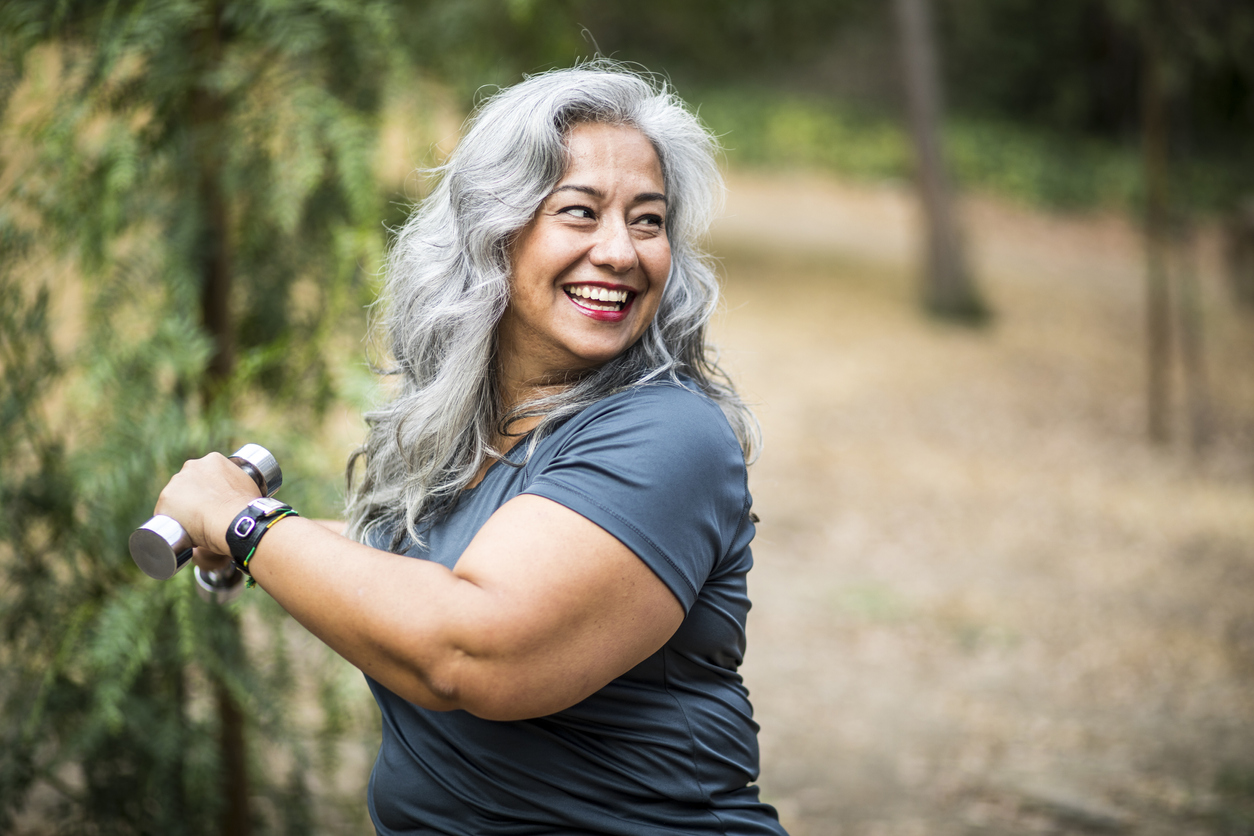Pain
Alternative and Complimentary Treatments for Osteoporosis

What is osteoporosis?
Osteoporosis is a condition that causes porous bones. The inside of a bone resembles a honeycomb. Osteoporosis causes this “honeycomb” spacing to increase, resulting in lost strength and density. The outside of the bones become brittle and weak.
This risk of fractures and breaks is increased with osteoporosis. An activity as simple as walking can cause a bone to fracture. In severe cases of osteoporosis, bones may become so brittle that a break can occur simply from coughing or bending the body. The bones most commonly affected by osteoporosis include the ribs, hips, wrists and spine.
Alternative treatments
Conventional treatment for osteoporosis typically involve medications to slow the process of bone loss or increase the rate of new bone growth. Alternative and complementary treatments can include supplements or acupuncture.
Supplements
Certain supplements improve bone health and strength. They include, but are not limited to, the following:
- Calcium is important for bone health. Calcium supplements may be beneficial to vegans, those that are lactose intolerant, those with bowel or digestive diseases, and those receiving long-term corticosteroid treatment. Between the ages of 18 and 50, men and women should get 1,000 milligrams of calcium per day. Women turning 50 and men turning 70 should increase that amount to 1,200 milligrams. Too much calcium can increase the risk of kidney stones and heart disease. Consuming large amounts of protein or sodium may cause the body to lose calcium.
- Vitamin D improves bone health and helps the body absorb calcium. Vitamin D typically comes from sunlight; however, that can be difficult at times. Therefore, vitamin D supplements may be beneficial. It is recommended for individuals to obtain at least 600 international units (IU) of vitamin D a day. This increases to 800 IU a day after age 70.
- Magnesium is linked to higher bone mass density. Studies show that those who have a higher intake of magnesium (through diet or supplements) tend to have a higher bone mass density. Individuals age 31 and over should get between 400 and 420 mg of magnesium per day.
- Boron can decrease the excretion of calcium and magnesium in the kidneys. It is a trace element that is critical in bone growth. Dried plums are the best source of boron. Current research believes that one to three mg of boron per day is beneficial and has the potential to support better bone health.
- Vitamin K promotes bone strength. Low levels of vitamin K can increase the risk of bone fractures and lower bone density. Foods rich in vitamin K include leafy greens, broccoli, and Brussels sprouts. Vitamin K can interfere with blood thinners and other medications.
- Soy isoflavones are antioxidants that have a similar structure to estrogen. They can attach to and activate estrogen receptors. Postmenopausal women have a higher risk of osteoporosis due to drops in estrogen levels. Soy isoflavones have been suggested to combat bone density loss; however, more research is needed on dosage requirements, duration, and form used.
- Other supplements, such as zinc, selenium, copper, manganese, and silicon, play an important role in bone health and density. However, more research is needed regarding their treatment for osteoporosis.
Acupuncture
Acupuncture is a method used in Traditional Chinese Medicine that involves the insertion of fine, thin needles into the skin at specific points of the body. In traditional Chinese medicine, it is described as a method to balance the flow of energy (chi or qi) via pathways through the body. Western medicine believes this stimulation increases natural pain-fighting chemicals and boosts blood flow in the body.
Acupuncture has been shown to be an effective form of treatment for osteoporosis. Particularly, warm acupuncture has appeared to have a better effect than electroacupuncture and needling.
















